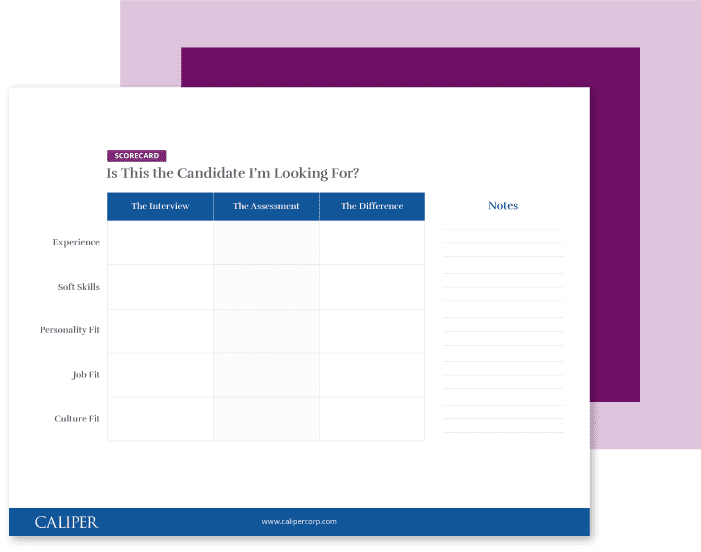What do songwriters write songs about? How awesome some new manufacturing process will be? The joys of designing said manufacturing methodology? The efficiencies required for implementation?
No, songwriters write about people.
[They also write about cars, but aren’t those songs really about the people driving the cars?]
Songwriters write songs about people because people are interesting. They’re emotional. They’re relatable. They’re necessary, at least until the robots take over.
People are the one constant in discussions about teamwork as well. Sure, you need different methodologies and tools for manufacturing pianos and guitars than you do for designing and developing music-writing software. But every business process requires the meaningful contributions of humans.
Regardless of the industry-specific knowledge and skills necessary on a given team, there are four major roles a person can play: Champion, Creator, Facilitator, or Implementer. Your role is determined by a combination of your thinking style (divergent vs. convergent) and your work orientation (people or tasks).
Today, we’re looking at the role of Facilitator. A Facilitator is a convergent thinker with a—you guessed it—people orientation!
Facilitators make sure team members understand their duties and are comfortable with the direction of the project. They serve as liaisons between the team and its external stakeholders and sometimes between team members. When others run into obstacles or need support, Facilitators are the ones eager to help out and provide a tactical solution.
A team doesn’t feel like a team without a Facilitator, who is often the glue that keeps a project from breaking off into its disparate pieces. Companies rely on teamwork because teams deliver results that no one individual can generate alone. If you’ll excuse the cliché, a team is a whole that’s greater than the sum of its parts. A Facilitator is essential for maintaining that wholeness.
However, there are two sides to every coin (ugh, another cliché!). Part of being a Facilitator is being a people person. Part of being a people person is wanting everyone to get along and work harmoniously toward a common goal. Whereas Champions may welcome the challenge of overcoming opposition, Facilitators tend to be uncomfortable or feel stress if a team starts to show strain or when people push back. When those pesky Creators start throwing out new ideas and discussing the possibility of rearranging the whole process on the fly, the frustration level rises for Facilitators. Or their mental investment in the project wanes when they feel their control slipping away.
What can Facilitators do to be more effective? As with any team role, it’s important for Facilitators to understand other perspectives and value other types of contributions, particularly as it relates to team members who prefer working autonomously and who don’t view social interaction as a necessary component of team effectiveness. Developing greater tolerance for course changes and uncertainty can be beneficial as well. When resistance arises, Facilitators might need to avoid taking it as a personal affront or a rejection and view it as a chance to sell the benefits of staying the course or choosing the most practical solution.
Perhaps you’re reading this and thinking, “That description of a Facilitator sounds a lot like me. But how do I get plotted on a 4-Box and find out for sure?”
The answer: by completing a Caliper assessment.
Based on your unique blend of personality traits, you’ll land somewhere on the convergent/divergent scale in your thinking style and somewhere between task oriented and people oriented in your work approach. If the formula places you somewhere in the lower left quadrant, you’re a Facilitator.
The next step is finding a way to use that information for improving team effectiveness. The good news: Caliper has a tool for that.
It’s called the Team Roles Report. This report plots your entire team into quadrants on a Caliper 4-Box, enabling you to see the breakdown of Champions, Creators, Facilitators, and Implementers. It also shows your group’s distributions in thinking styles, people skills, and task focus as well as individual team members’ strengths and limitations in those areas.
This report can be a revelation for your team. Not only do you see what’s missing overall (too few people in one quadrant, for example, or too many in another), but you also discover which team members are in the wrong roles. Perhaps your co-worker Ethel has a relevant technical skill, and, because of that, has been sent off to build a system for implementation. However, she seems to be struggling with momentum and often seeks social distractions. It turns out she’s a Facilitator by nature but has been mistakenly placed in a Creator role. Sometimes fixing problems with team performance can be as simple as realigning responsibilities.
There are four major reasons you’d want to know if you are a Facilitator or fit one of the other roles:
- To make sure you’re in the team role that plays to your strengths
- To maximize the strengths you bring to the team
- To help you communicate and collaborate more effectively with fellow team members
- To see, when your entire team is plotted on a 4-Box graph, where the gaps lie
Next time we’ll talk about the Implementer quadrant. Meanwhile, if you’re ready to learn more about how the 4-Box can help improve the effectiveness of your team, department, or small company, give us a holler. Contact info that way ↓

